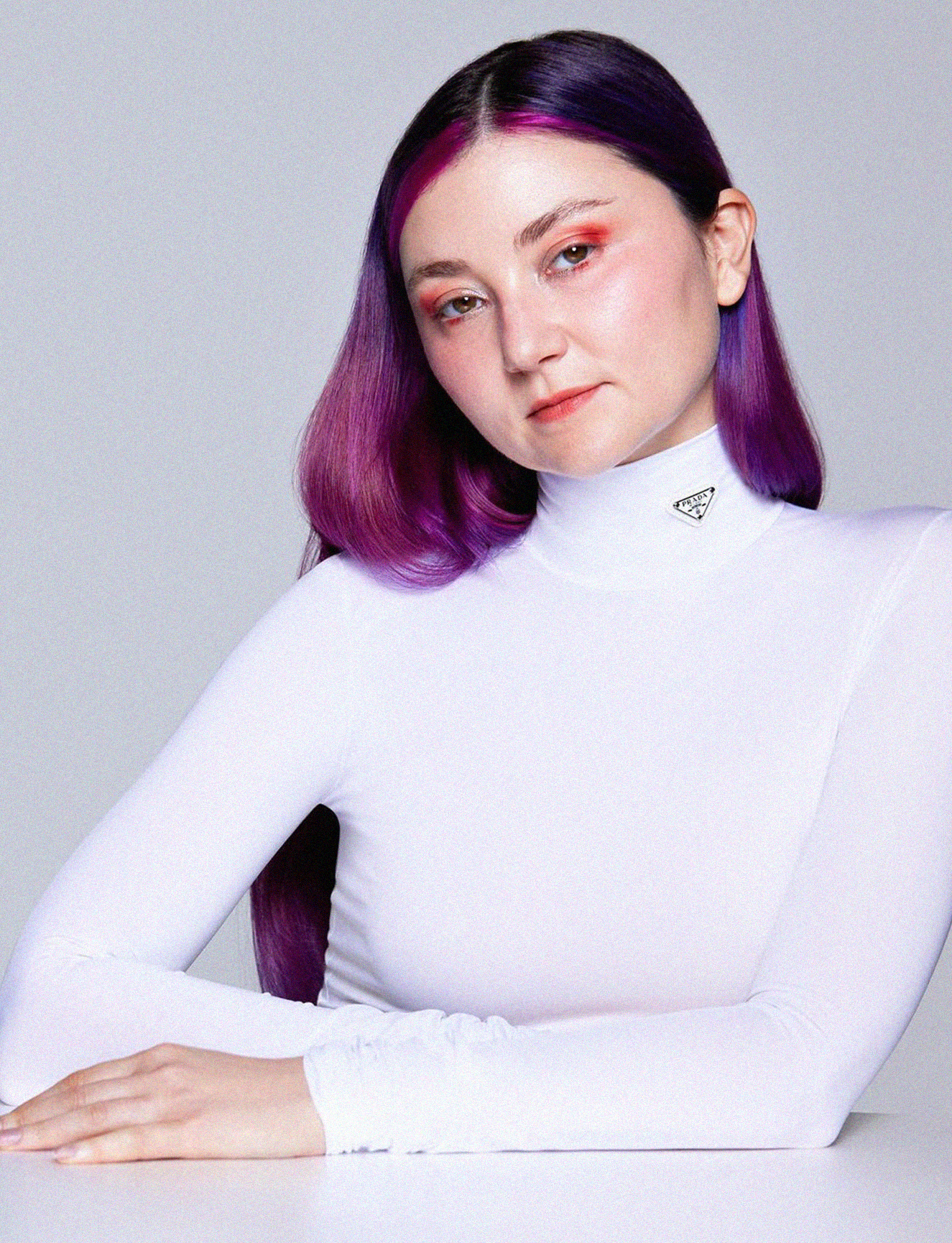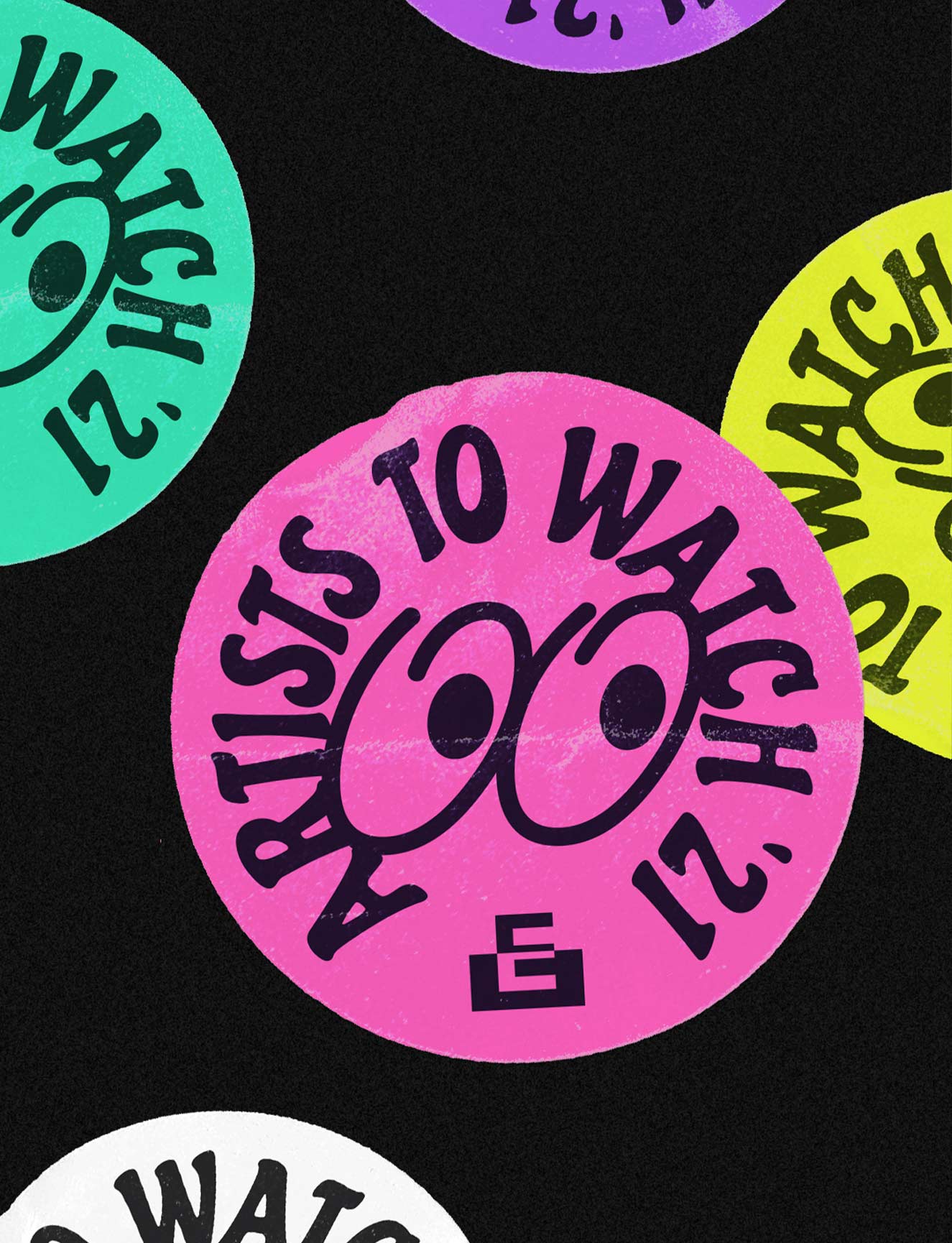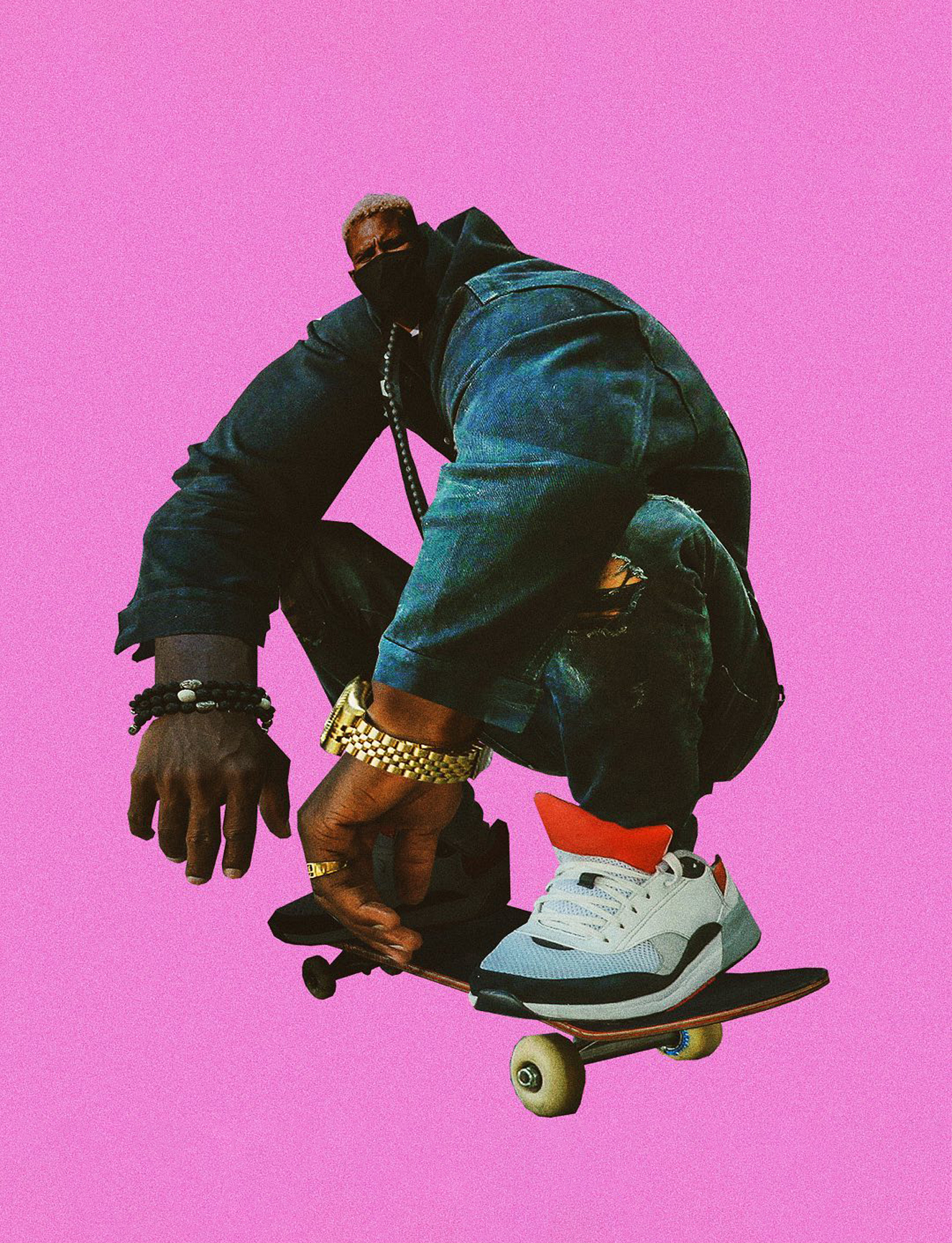You started out as an art director working primarily in advertising, so I want to begin by talking about how that led to where you are now?
I went to an applied art school, and then I did my first internship with two artists. I thought, well I’m not talented enough to be an artist, I’m not as talented as those people, so maybe I should do something else. So I did a Masters in Management of Fashion and Design, thinking I could still work in the creative industries, but not strictly as a creative person. Then, though, for every job around creativity in fashion, I thought, I’m not going to be able to do this, I’m going to be very sad if I’m in product development; or at one point I was considering being a talent manager. I didn’t really know where to start.
I realised I would still need to do some creative stuff, so that’s why I applied to this advertising company. Also, because they had a fashion/luxury/makeup branch, which I ended up specialising in for seven years, mostly in skincare and makeup because that’s where the money is, or there’s more budget than for fashion, for instance. I was an art director, and then I became a creative director for the last two years. I learnt a lot, learnt the constraints of trying to sell something, adapting to your client’s vision, sometimes being a slave to your brief without any logical reason, but you just have to do your job.
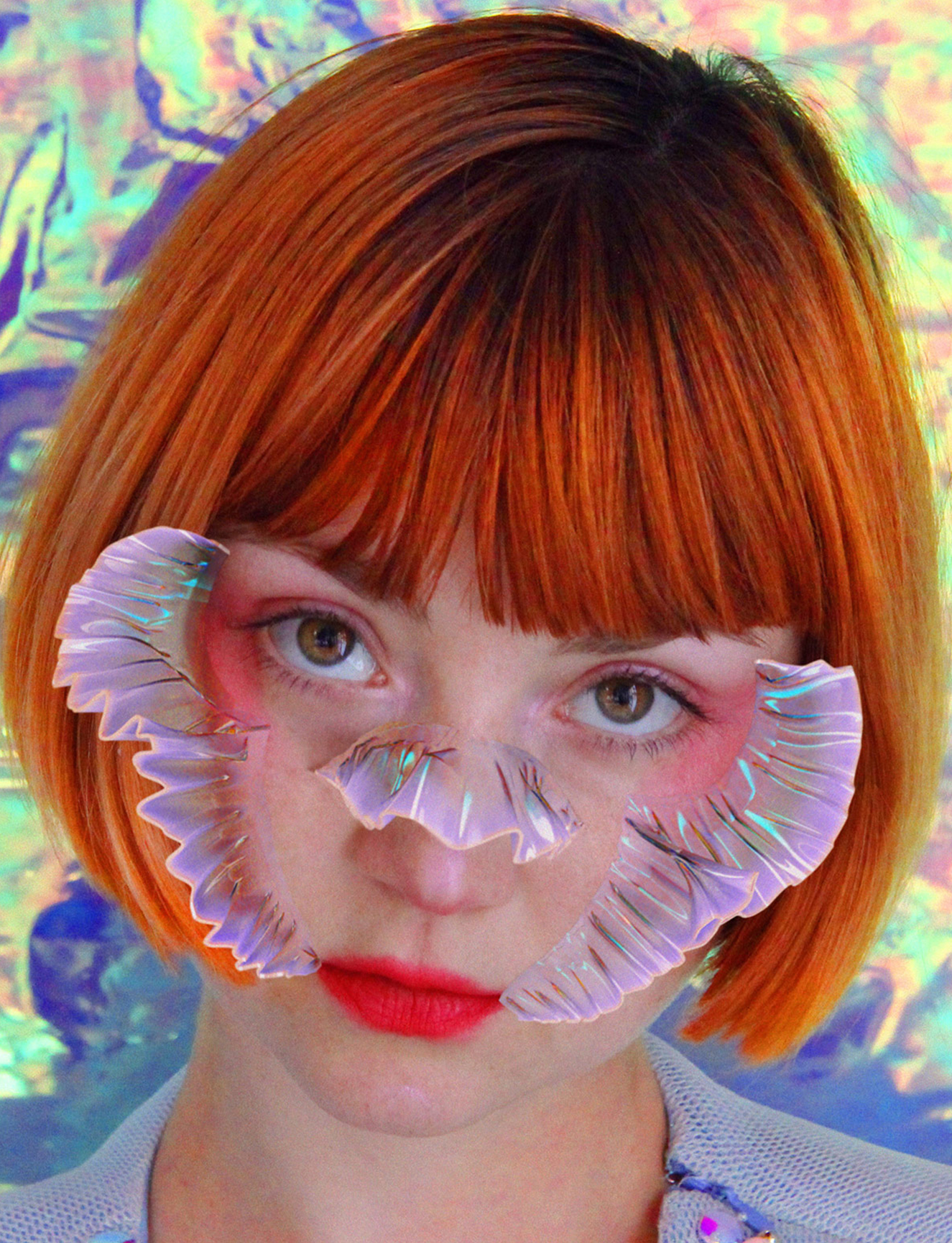
I didn’t really know where to start
Honestly I was quite happy being in that zone. Being kind of creative, but also not too personally invested in the work. If something wasn’t good, it wasn’t entirely my fault; it could be teamwork, the client, sometimes you just don’t have the choice to execute what they have in mind. Sometimes it was a case of “Yeah, I don’t like your idea, but it’s fine, it’s your idea, if it doesn’t work it’s your problem, it’s not mine anymore, and I will still get paid.” That experience was a real relief in terms of self-confidence.
And how did you end up moving out of advertising?
I started experimenting with 3D, because the tools, the software, became more portable. I had first learned 3D at school, but it was 15 or more years ago, and the software was not that accessible, it wasn’t that fun.
Also, there were more and more digital artists who were creating new kinds of images. I found art made on digital software really refreshing, and there were things happening on the Internet and of course on social media that were super new and exciting to me. I felt that I could be part of this, or at least it inspired me to experiment with those tools, and I felt very comfortable using them.
Of course, 3D is very hard, but it was exciting enough for me to enjoy the process of learning. I started doing video clips while being at the advertising company, doing some visuals without any goals or objectives or pressure, and then at some point I realised I enjoyed 3D way more than staying at the advertising company. I needed to take a risk and maybe try to be more independent and have a freelance career.
In France we have this unemployment salary; you can agree with your employer to not really quit, not really be fired, you agree to leave and get this salary. So for two years I had this safety net. It was great, I was able to still earn a living and experiment with 3D and a more artistic career.
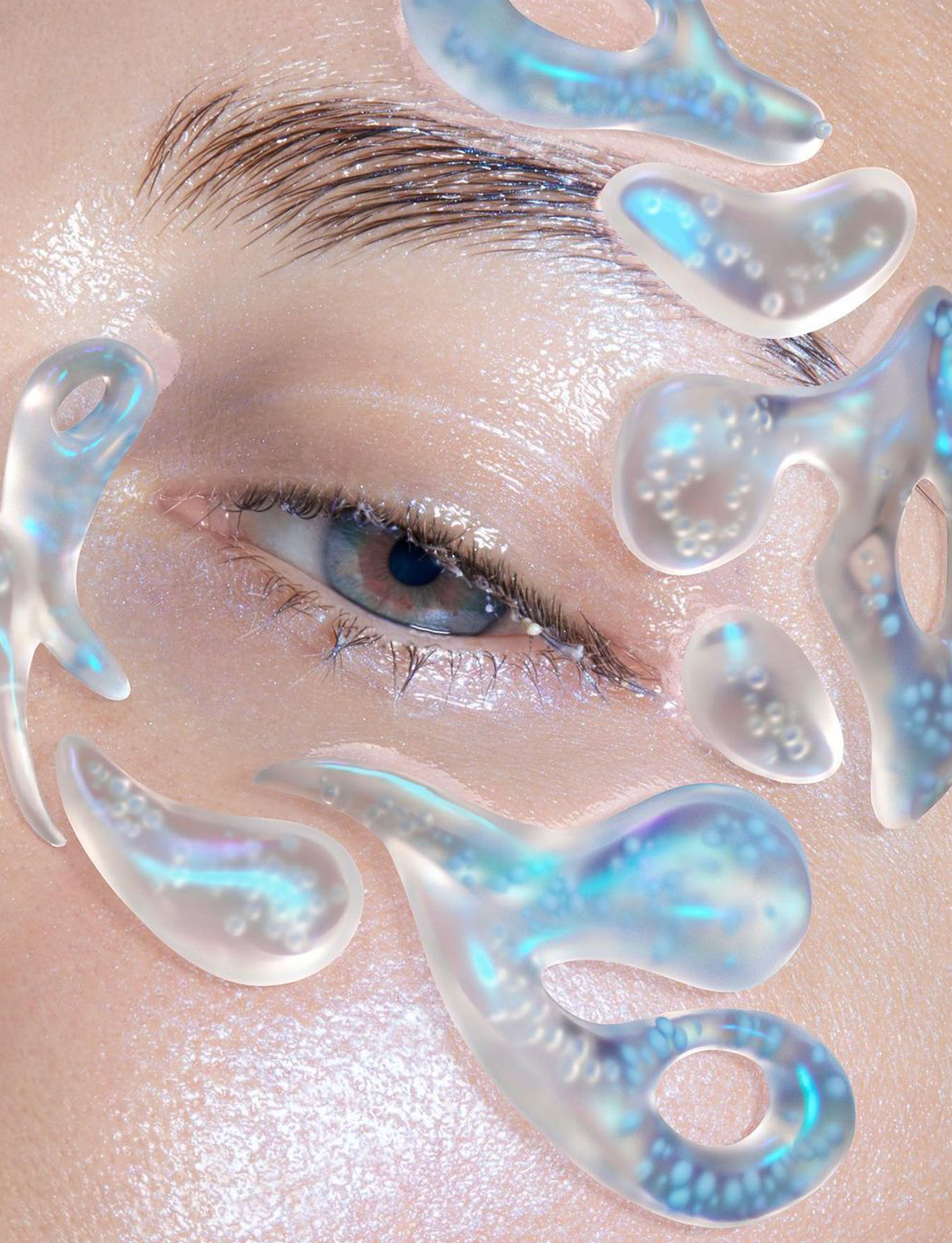
Your work intersects beauty, sculpture and augmented reality, and I’m interested in your thoughts on the interplay of different mediums and technologies in artistic practice?
It’s at the same level as paper, pen, brush. It’s just painting and sculpting in the digital world. Even though I learned to use other physical tools at school, maybe because I’m a digital native who grew up with the Internet and with video games, I’m more comfortable playing with the computer. I think the digital aesthetic is also closer to the things that I do and the things that inspire me. I’ve always been fascinated by fantasy worlds, sci fi, video games; Final Fantasy is still my favourite video game ever. I hate it if a video game is too close to reality. With digital software, you can create your own reality, so that made sense for what I naturally enjoy.
I think that’s something very important when you’re creative or an artist: to do things that give you pleasure. Sometimes when you’re a student, you get lost in, “Oh, I wonder if I should do this? Would that work? Would this get the likes? Would I get visibility? Is it trendy?” You should do either sculptures or painting or using digital software because you feel good with that medium, not because it’s trendy, because in the future people will always like physical sculptures, they will always fascinate people.
I needed to take a risk
Part of what you do as a 3D makeup artist is to challenge and redefine conceptions of what beauty can be. How would you define ‘beauty’?
Beauty is very personal. The simplest way, I guess, would be that something beautiful is something that provides pleasure when you look at it. But then, this is very different for different people: it depends on your culture, depends on your personal experience, where you grew up and with whom. It’s a shame that, in our society, we all feel like there are certain rules, especially when it comes to bodies and faces, and especially when you’re a woman. The standards are higher and higher to reach, and it costs more and more money to be able to tick the boxes of what it is to be beautiful.
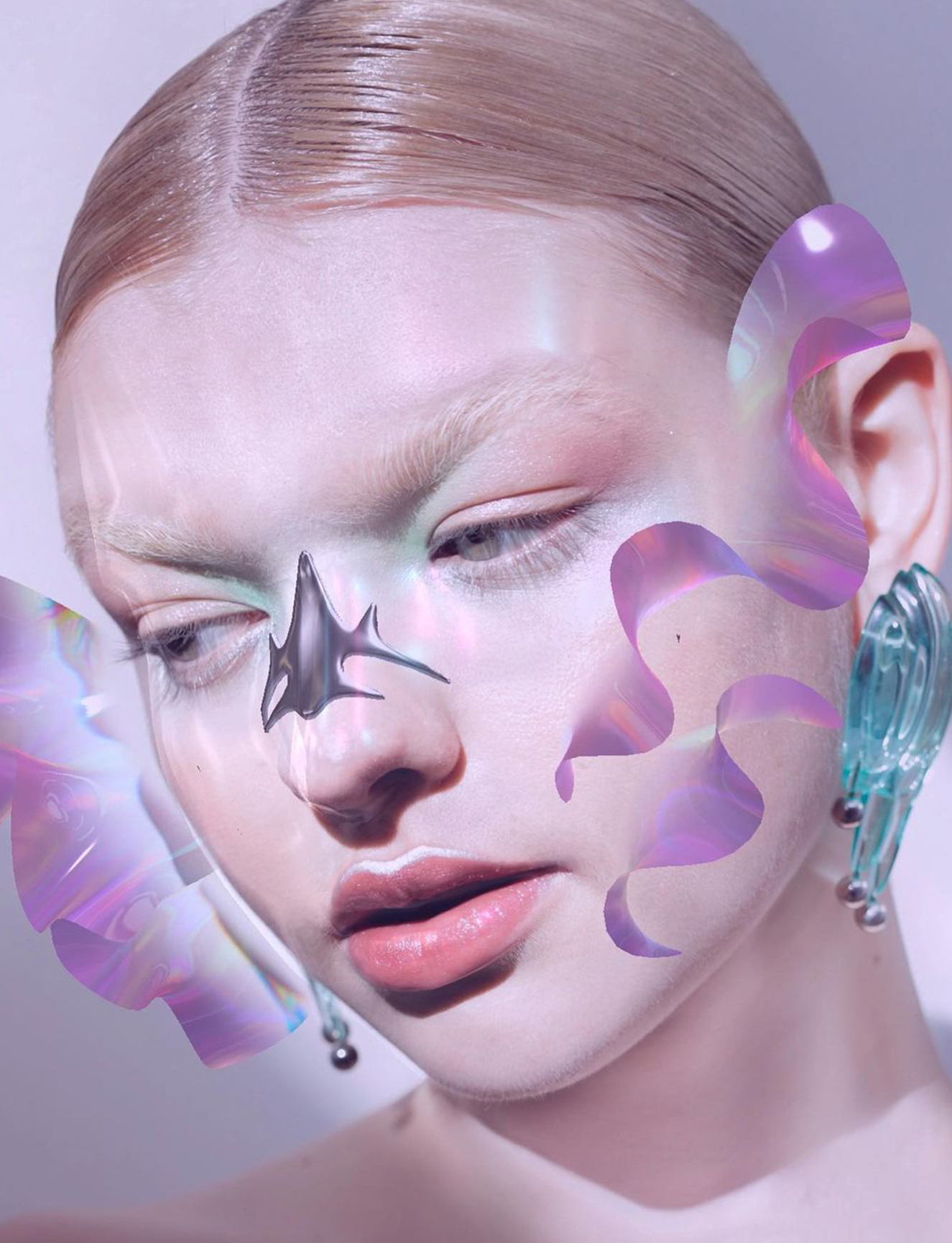
It’s also very normalising and very boring. I’m sure that even someone that really tries hard to tick all those boxes, because they’re so scared to be considered ugly, I’m sure that deep inside, there are things that they find beautiful, that are not considered beautiful by the ‘norms’.
Beauty is an emotion. When it comes to a person, beauty for me, and I think many people will say this too, is about an attitude, it’s self-confidence, it’s being whoever you want to be, however you want to express your personality. So yes, it’s a shame to live in a world that says, “Oh, to be beautiful, you have to look like everyone else.”
When I look at your creations I’m reminded of biological, primal forms and the natural world, as much as anything digital. Where do you take inspiration from?
Nature is the best designer. I’m obsessed with Nudibranch sea creatures at the moment. They are these very tiny sea slugs. There are, I don’t know, hundreds of different models. It’s like a fashion runway under the sea; they are all super colourful, and they swim with their little dress, and they’re always floating. They’re so cute and so inspiring, and the way they move is super-elegant.
I mean, how can anyone not be fascinated by sea creatures? The underwater sea world is already like another planet we’re visiting. It always feels like we are in their world and not in ours, and when you bring those textures and colours and movement out of the water to the real world, the creatures die of course. But if you try to reproduce those textures and colours through the digital then everything becomes magical and surreal.
Beauty is very personal
Then of course, I’m inspired by other makeup artists and drag queens. When I started doing 3D makeup, I was discovering Rupaul’s Drag Race for the first time, and I thought that was just amazing how people can transform themselves. And nail artists too, now there are nail artists who create prosthetics for nails that really look like a video game character, they’re like weapons.
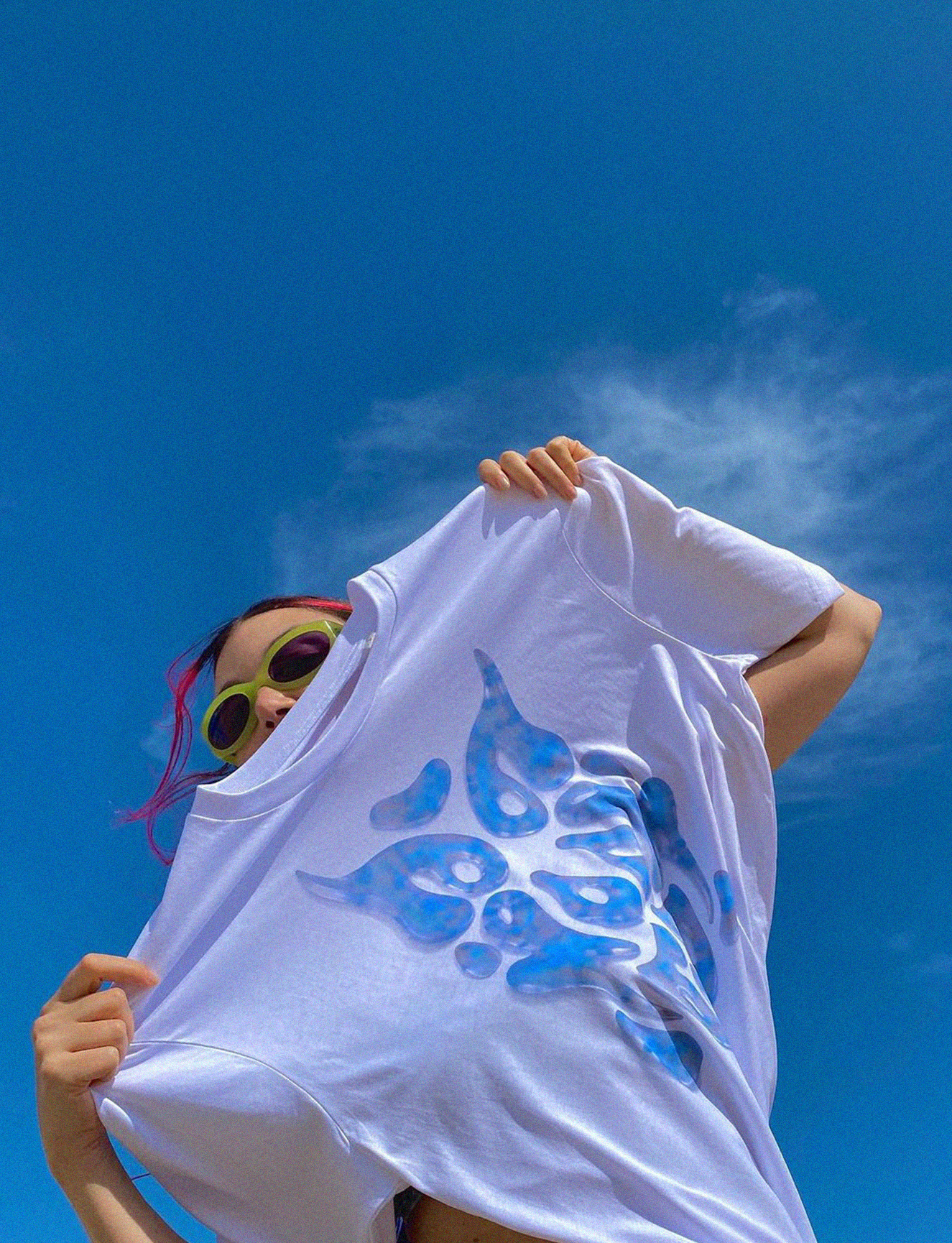
How do you maintain originality in your work?
What I try to do is to stay true to my personality and what I like, but it’s a constant process. It’s difficult to not be scared of becoming irrelevant, especially when you’re a creative, or to not be scared of becoming boring, or too old. It’s difficult to renew yourself all the time. And at the same time, if you renew yourself too much and too regularly then you won’t have a recognisable aesthetic.
We all scroll on Instagram all the time, and even unconsciously you might start adopting something you hadn’t seen before. Sometimes I review my work and I think, “Is this kind of shape, are those kinds of colours and textures, are they really me? Or are they too inspired by a mix of other people I’ve seen on Instagram?” It’s difficult to keep that thing, and not get lost in the thousands of images we’re being fed every day.
What are some fears about where you’re at right now?
When you’re freelance, you never know when you might be getting a job, so I can have months where I have no commissioned work. I need those free moments where I can develop more personal projects, so on one hand I’m very happy to finally have some free time, but on the other hand you always have in the back of your mind: where is the next job coming from? Is there a point where I’ll have to go back to advertising? It’s difficult to not have that anxiety.
Nature is the best designer
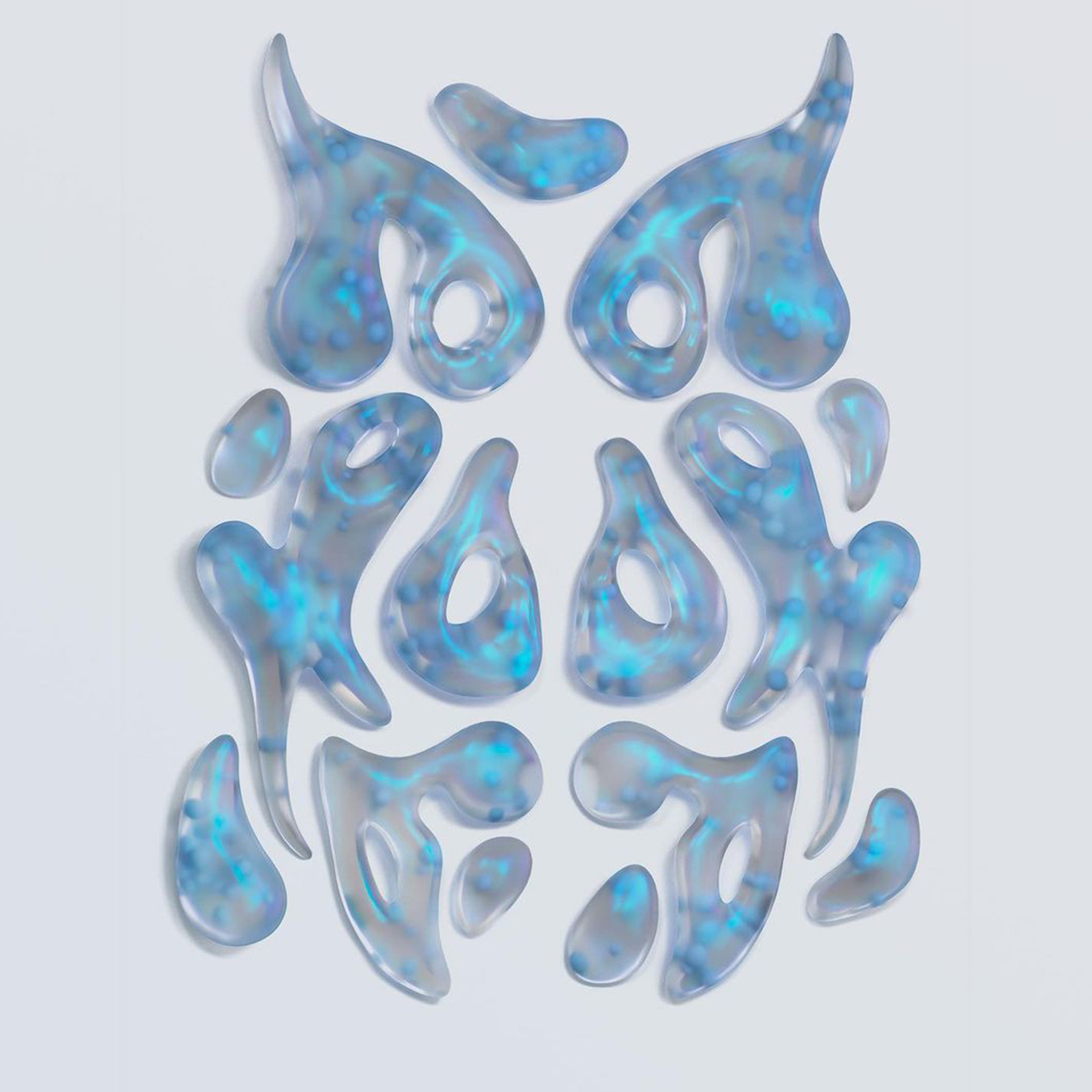
It’s a big question perhaps, but in an increasingly digitalised world, in which cosmetic procedures are more and more common, what do you think the future of beauty is?
It’s difficult to predict. There will be more and more things happening in the digital realm, and I’m very curious about how the younger generation will express themselves there. Social media was already a way to create different personas and different avatars of yourself, now we also have different selves in the Metaverse and on digital platforms, and I don’t know how that will go.
I saw a TikTok about this that I thought was super interesting. There was this girl saying how, when a generation does something, the younger one, the next one will think that that thing is cringe. With our generation, we show ourselves with our phone cameras a lot; we show our real physical self all the time on social media. So maybe the younger generation might think that is super cringe. There could either be a total disconnect from social media, which I think is almost impossible in our society, or maybe people will hide themselves from the camera and will only show their digital avatar.
Read More: Alex Jones Wants Personality Over Perfection



